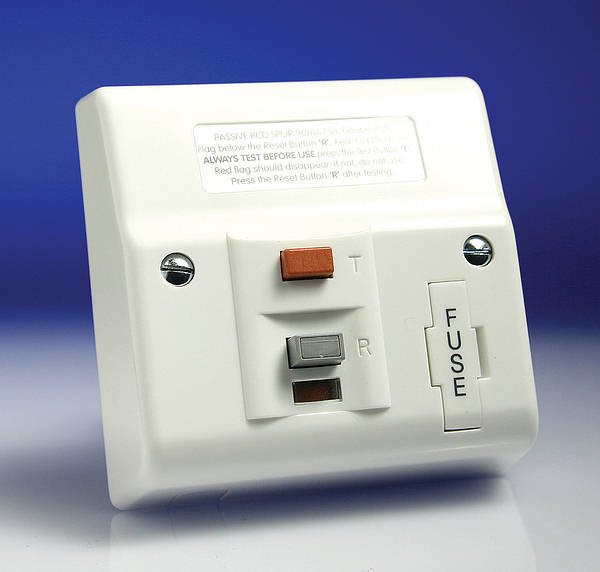Hi, my first post so apologies if it's in the wrong place. I have a 1970 house which has 2 garages, one attached and one detached. Wiring is original 1970s set up, but I have two queries:
The attached garage has a single socket which is wired from its own dedicated 15A fuse in the old style Fuse Box. The garage light is wired from the downstairs 5A lighting circuit, no obvious probs there. Where the 2.5mm enters the garage I'd like to put a RCD on the wall to protect the circuit, can I do that myself?
The detached garage was added back in the 1970s, it also has a single socket. The wiring for this starts at a 30Amp red fuse in the box, presumably they took a supply from the downstairs ring main fuse. This exits the house via attached garage on 2.5mm T&E, then through thick metal conduit disappears underground and reappears in the detached garage (approx 10 metres). Is this correct even for the 70s?, any suggestions bearing in mind limited budget and what would be notifiable here? Thank you.
The attached garage has a single socket which is wired from its own dedicated 15A fuse in the old style Fuse Box. The garage light is wired from the downstairs 5A lighting circuit, no obvious probs there. Where the 2.5mm enters the garage I'd like to put a RCD on the wall to protect the circuit, can I do that myself?
The detached garage was added back in the 1970s, it also has a single socket. The wiring for this starts at a 30Amp red fuse in the box, presumably they took a supply from the downstairs ring main fuse. This exits the house via attached garage on 2.5mm T&E, then through thick metal conduit disappears underground and reappears in the detached garage (approx 10 metres). Is this correct even for the 70s?, any suggestions bearing in mind limited budget and what would be notifiable here? Thank you.



